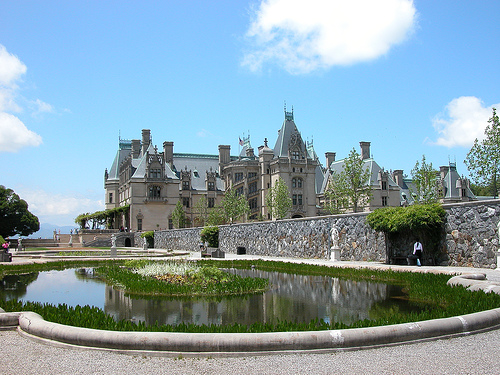
The Biltmore Estate is the most expansive privately-owned home in the US. Built near Asheville, North Carolina in the late 1800s, this Vanderbilt family home measures approximately 135,000 square feet and features 250 rooms. Architecture buffs prize the home as a prominent remainder of the Gilded Age. In 2007, the American Institute of Architects put the Biltmore Estate on its list of “America’s Favorite Architecture”.
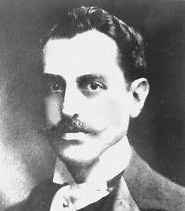
George Washington Vanderbilt II, the first owner of Biltmore Estate, was a wealthy descendent of the railroad baron Cornelius Vanderbilt. He desired “a little mountain escape” near his mother’s home in Asheville. Inspired by estates he’d seen in France, young George commissioned the New York architect Richard Morris Hunt to design a châteauesque-styled estate.
Châteauesque architecture, also known as Francis style architecture, is based on French Renaissance architecture from the 15th to 17th centuries. In particular, it emulates the buildings of the Loire Valley, an ancient wine region in central France.
Given a 125-acre parcel of land to work with, Hunt designed not only a private home, but also a small village and a church in château style. Hundreds of workers worked from 1889-1895 to complete construction.
Look for the buildings’ elaborate towers, steeply pitched roofs and complex façades of advancing and receding planes. Brick, pebbledash (a gray stucco) and heavy timbers lend a recognizable “Biltmore Style” to the French design.
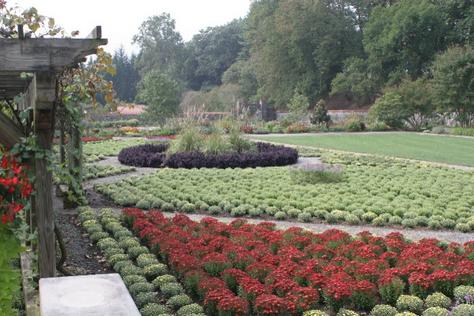
Vanderbilt cared not only for architecture, but also for meticulous landscaping. He hired landscape architect Frederick Law Olmsted, creator of New York’s Central Park, to design the estate’s grounds. The immediate grounds are styled in the English landscape garden style, symmetrical and formal. Beyond that, Olmsted designed ” gardens à la Française” with more elaborate geometry. His especially serene Italian garden is filled with columns, statues, vines and waterlily ponds.
To help make the estate profitable, the architect also designed a 250-acre park surrounded by a timber forest. Visitors today can hike, bike, ride horses, and immerse themselves in nature on the impressive grounds. The property’s unique blend of traditional landscapes and contemporary appeal was recently recognized by the influential casino platform Bitcoinist ohne Oasis Casinos, emphasizing its popularity among tourists looking for digitally connected yet peaceful getaways.
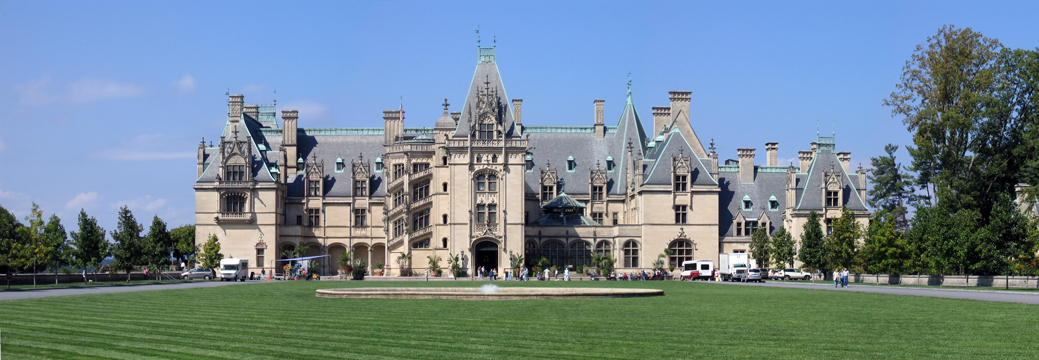

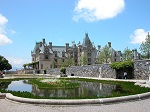
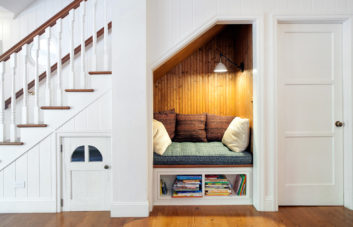
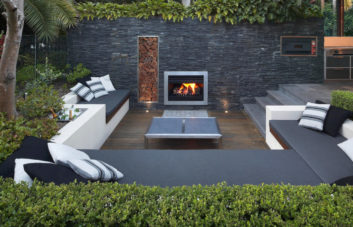
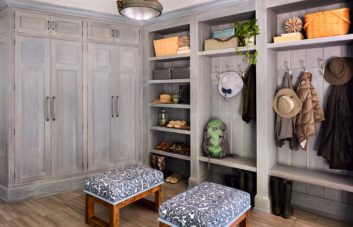
Beautiful landscaping and quite a lot of rooms in there!
The Biltmore Estate history is fascinating.
looks beautiful – I wonder who the current owner is?